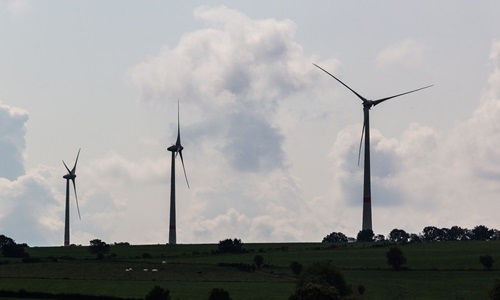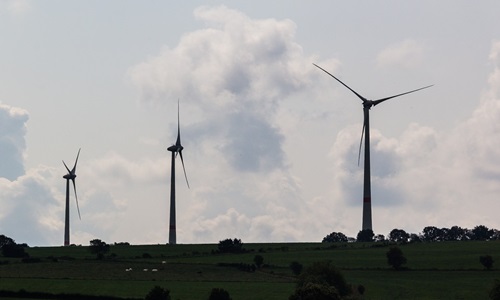
The project would combine the experiences of cross-industry firms and align methodologies of designing wind turbines for extreme weather condition DNV GL, an independent energy advisory and certification body has reportedly asked wind industry participants to team up for a new Joint Industry Project (JIP) that aims to alleviate the impacts of earthquakes and cyclones on wind turbines. Supposedly, the JIP, termed as “Alleviating Cyclone and Earthquake Challenges for Wind farms†(ACE), would combine the experiences of cross-industry firms and align methodologies of designing wind turbines for extreme weather condition. According to DNV GL, the impacts of cyclone and seismic activity on wind turbines is considered critically important in emerging offshore markets like the Asian Pacific regions of Japan, Taiwan, parts of United States, and Korea. As these countries are entering into the offshore wind market with progressive roadmaps to develop offshore wind projects of multi-megawatt capacities, providing a joint industry approach to design turbines is important for these extreme local environmental conditions, and critically vital in emerging market to ensure safety of the offshore structures. The agency said that the ACE Joint Industry Project’s main aim is to reduce uncertainties in the offshore wind turbines designs and bring more transparency. The Recommended Practice developed for the emerging offshore markets will increase the financial steadiness of future wind farms. Executive Vice President Renewables Certification at DNV GL, Kim Mørk stated that the ACE project will benefit all industry stakeholders acting in emerging markets in the US and Asia Pacific region as this project would likely help in boosting wind turbine design for typhoon and seismic conditions, minimising liability, cost and warranty risks. In addition, the JIP’s focus area was evolved mutually with different stakeholders of wind industry, he informed. DNV GL, for the record, is a risk management and global quality assurance company. Its purpose is to safeguard life, property and the environment as well as enable the customers to advance the sustainability and safety of their business.




